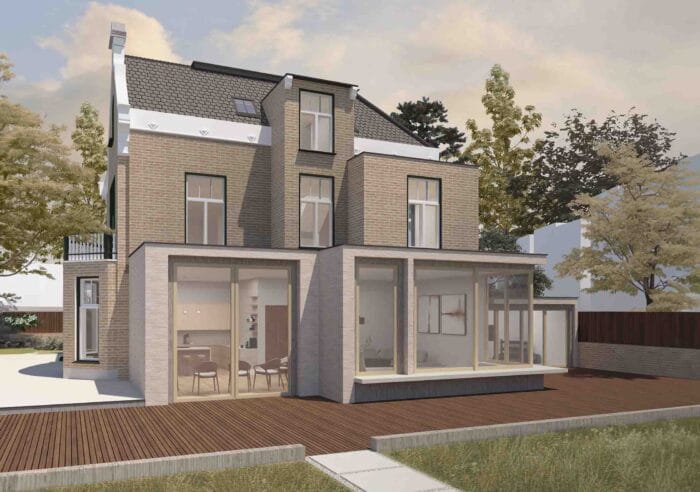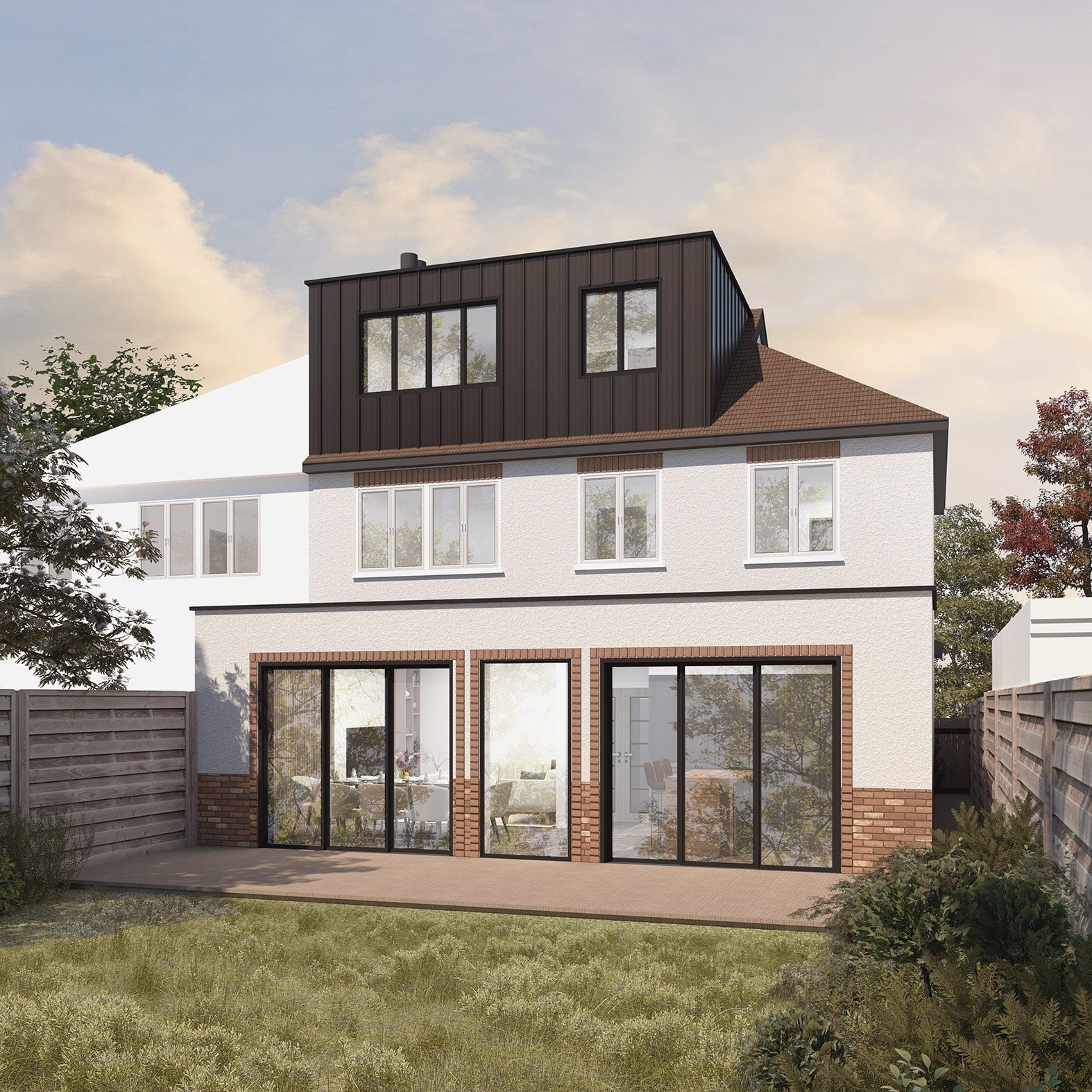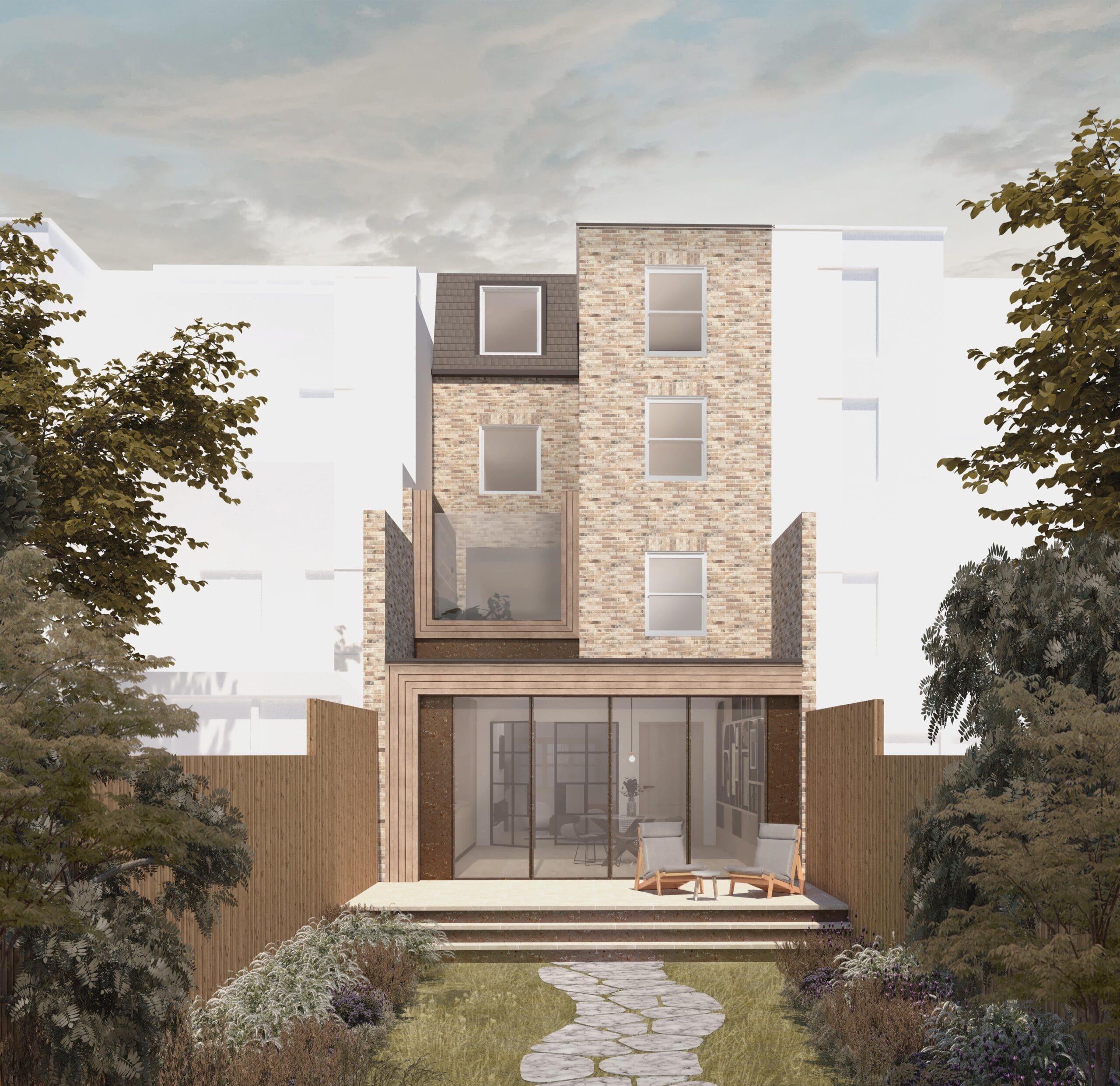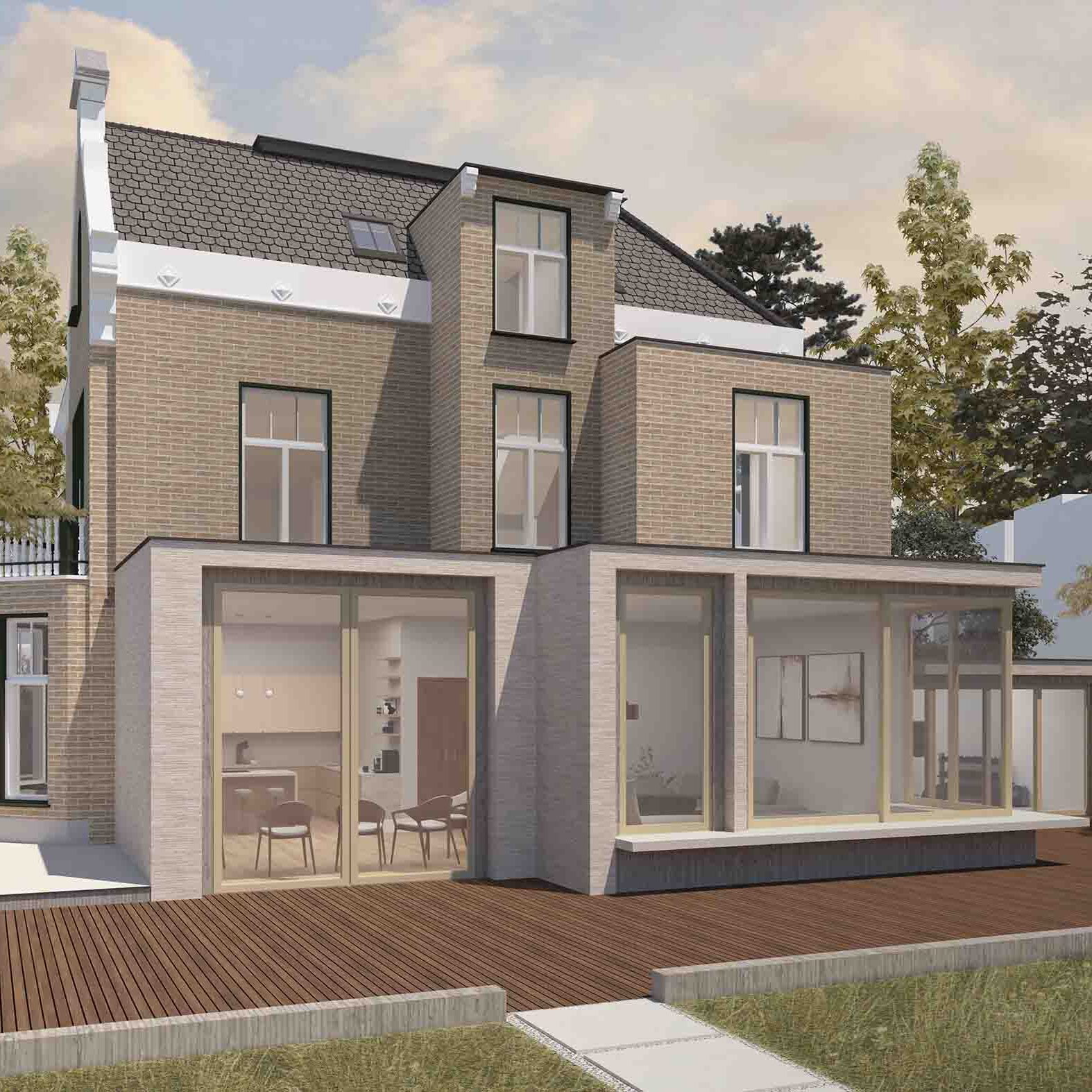Party Wall Agreement: A Homeowner’s Guide
If you’re planning a residential extension on your home or flat, you might have heard the term “Party Wall Agreement” thrown around. While it may sound complicated, understanding the process isn’t as daunting as it seems. At DeVis Architecture, we’ve guided many homeowners through the ins and outs of Party Wall Agreements, especially when it comes to residential extensions. Here’s a straightforward guide to help you make sense of it all.
In This Article
1. What is a Party Wall Agreement?
2. When Do I need a Party Wall Agreement?
3. The Party Wall Process: Step-by-Step
4. Do I Need a Surveyor for a Party Wall Agreement?
5. What Happens if You Don’t Have a Party Wall Agreement?
6. How Long Does the Party Wall Agreement Process Take?
7. How Much do Party Wall Surveyors Charge?
8. Party Wall Agreement: A Civil Responsibility, Not a Planning Requirement
9. Example Scenarios Where You’ll Need a Party Wall Agreement
10. How DeVis Architecture Can Help
11. Conclusion and Next Steps
Planning a residential extension on your home or flat can be exciting, but it also involves navigating various legal requirements. One important aspect you might come across is the Party Wall Agreement. If you’re wondering what this entails and why it matters, you’re in the right place. At DeVis Architecture, we’ve guided many homeowners through the Party Wall Agreement process, especially for residential extensions. Here’s a friendly guide to help you understand everything you need to know.
What is a Party Wall Agreement?
In a nutshell, a Party Wall Agreement is a legal document that outlines how building work affecting a shared wall or boundary is managed between you and your neighbours. Whether you’re extending your property, digging near a boundary, or modifying a shared wall, this agreement ensures that both parties are clear about the work and its impact. It’s designed to prevent disputes and keep everything on track.
When is a Party Wall Agreement Needed?
You may be asking yourself, “Do I need a Party Wall Agreement?” To help you answer this question, you’ll need a Party Wall Agreement if your project involves:
- Working on an existing shared wall: For instance, if you’re cutting into it to build an extension.
- Building near the boundary: Even if the new walls sit close to your neighbour’s property.
- Excavating within 3 or 6 metres: Depending on the depth of the excavation, which could impact a neighbouring structure.
Skipping this step can lead to disputes or even legal action, so it’s best to get the agreement sorted before starting any work.

Extension Plans Requiring Party Wall – Scarlet House
The Party Wall Process: Step-by-Step
Here’s a clear overview of the Party Wall Agreement process:
- Notify Your Neighbours
- Serve a written notice to neighbours who might be affected by your planned work. Official party wall templates and information can be found on the gov.uk website here.
- Notices should be given at least two months before starting work on a party wall or one month for excavation. Anyone can use templates available on gov.uk; a surveyor is not needed for this part. However, for complex projects, involving a surveyor from the start might be advisable.
- Neighbour’s Response
- Neighbours have 14 days to respond to the notice.
- Responses can be agreement, dissent, or no response (which is considered dissent). If they disagree, or do not respond, you will need to involve a surveyor and formalise an agreement.
- Surveyor Involvement
- If there is dissent or no response, a surveyor prepares a Party Wall Award.
- The Party Wall Award details how and when the work will be carried out. At DeVis Architecture, we can connect you with our network of surveyors to handle this stage.
- Finalising the Agreement
- Once the Party Wall Award is agreed upon, you can proceed with your work.
- The agreement ensures all parties are clear about the work and helps avoid disputes.
Do I Need a Surveyor for a Party Wall Agreement?
You might not need a Party Wall surveyor if you and your neighbour come to a mutual agreement and sign a simple written document. However, if there’s any potential for conflict or if the project is particularly complex, involving a professional surveyor can help ensure the process runs smoothly and all legal requirements are met. Our team at DeVis Architecture can assist you in finding a suitable surveyor from our network to handle this for you.
It is important to note that there are particular requirements the notices must adhere to, so if in doubt it is best to speak to a specialist or use a gov.uk template.

Home Extension Not Requiring Party Wall Agreement – Stage House
What Happens if You Don’t Have a Party Wall Agreement?
If you go ahead without a Party Wall Agreement, you could face several issues:
- Legal Action: Your neighbour could seek a legal injunction to stop your work.
- Disputes: You might end up in disputes that could delay your project.
- Damage Claims: If your work causes damage to your neighbour’s property, you could be held liable.
Securing a full PW agreement helps avoid these complications and keeps your project on track.
How Long Does the Party Wall Agreement Process Take?
The timeline for obtaining a Party Wall Agreement can vary, but generally, you should allow at least two months from serving the notice to starting your work. This timeframe accounts for the notice period and any potential disagreements that might require surveyor involvement.
How Much do Party Wall Surveyors Charge?
Costs can vary depending on the complexity of your project and whether a surveyor is needed. If both parties agree and no surveyor is required, costs might be minimal. However, if surveyors are involved, fees can range from £700 to £2,000 per surveyor, which should be factored into the budget for your house extension cost.
In the worst case scenario, where your neighbour dissents to your notice of intent to build, the adjoining owner has the option to select their own, independent surveyor instead of using yours. Whilst not strictly necessary as chartered surveyors are bound by a strict code of conduct and are forced to listen to both sides, if this were this case, the neighbour will likely expect you to foot the cost of their bill as well, as it is in your interest to get the agreement over the line.
Party Wall Agreement: A Civil Responsibility, Not a Planning Requirement
It’s important to note that a Party Wall Agreement is distinct from building control approvals and planning permissions. While building control and planning permissions are required to ensure your project complies with structural and aesthetic regulations, the PW process is more about maintaining good relations with your neighbours and addressing potential impacts from your construction work.
In essence, PW agreements are a civil responsibility designed to ensure that your construction activities do not adversely affect your neighbours’ properties. It helps to manage shared boundaries and prevent disputes, focusing on how your work will impact the existing structures and the people living near you. Ensuring this agreement is in place before you begin work helps foster a cooperative relationship with your neighbours, both now and in the future.
Scenarios Where You’ll Need a Party Wall Surveyor
To make things clearer, here are three common scenarios and when you’d need a to give notice:
- Building a Rear or Side Extension
Planning a single storey rear or side extension where the new walls align with the boundary of your neighbour’s property will require an agreement to be in place, even if the existing wall isn’t being altered. This is because notice is required when excavating within 3m of the neighbour’s property, which will be the case for your new extension’s concrete footings. - Loft Conversion with Shared Walls
If you’re converting your loft and your property is semi-detached or terraced, you’ll likely be working on a party wall. This is especially true if installing structural elements like steel beams. - Digging for Foundations
Extending or building new structures often requires deep excavation. If this work is within 3 metres of a neighbouring building and deeper than their foundations, you’ll need to serve notice on your neighbours, even if no shared wall is involved.
How DeVis Architecture Can Help
Navigating the Party Wall process can seem like just another task on your list when planning a residential extension. At DeVis Architecture, we’re here to help make it easier. With our extensive experience, we’ll guide you through the process, from serving notices to connecting you with surveyors from our network to handle any disagreements, ensuring everything runs smoothly.
Conclusion and Next Steps
Understanding the Party Wall process is essential for any home extension or renovation that might affect a neighbouring property. While it might seem complex, getting the right advice and following the necessary steps will keep your project on track and avoid potential issues.
Ready to get started? Contact DeVis Architecture today, and let’s make sure your project gets off to the best start with a solid Party Wall Agreement in place!









